I'm learning error handling and I think I'm getting the hang of it. But I've come across an interesting behavior. I'm handling my errors in my class modules, and I bubble the errors up the stack. I have traceability so when the error reaches the caller (or top of stack) an error is displayed telling me where it occurred at. It works just fine if the class is being called from a module. BUT if the class is being called from the sheet or workbook, then it generates an unhandled runtime error.
For example, take the following code:
sub testError
err.raise -1000,,"This is a custom error"
end sub
If I run this in a regular module I get the following:
But if I run that exact same code in a sheet or workbook, I get the following:
So some of my classes are being called from macros located on a sheet. Others are being called from workbook and/or sheet events. And if a handled error happens down the line, I get an unhandled runtime error without any useful information.
I can move my macros to a standard module. But I can't move my events (value changes, new caluclation, etc) to a standard module.
So I have two questions. Why can't I do err.raise in a sheet / workbook?
What should I do instead?
Thanks.



